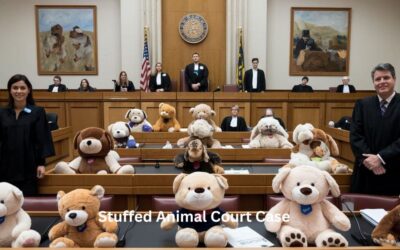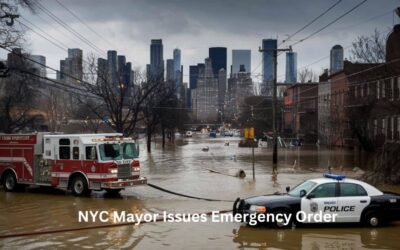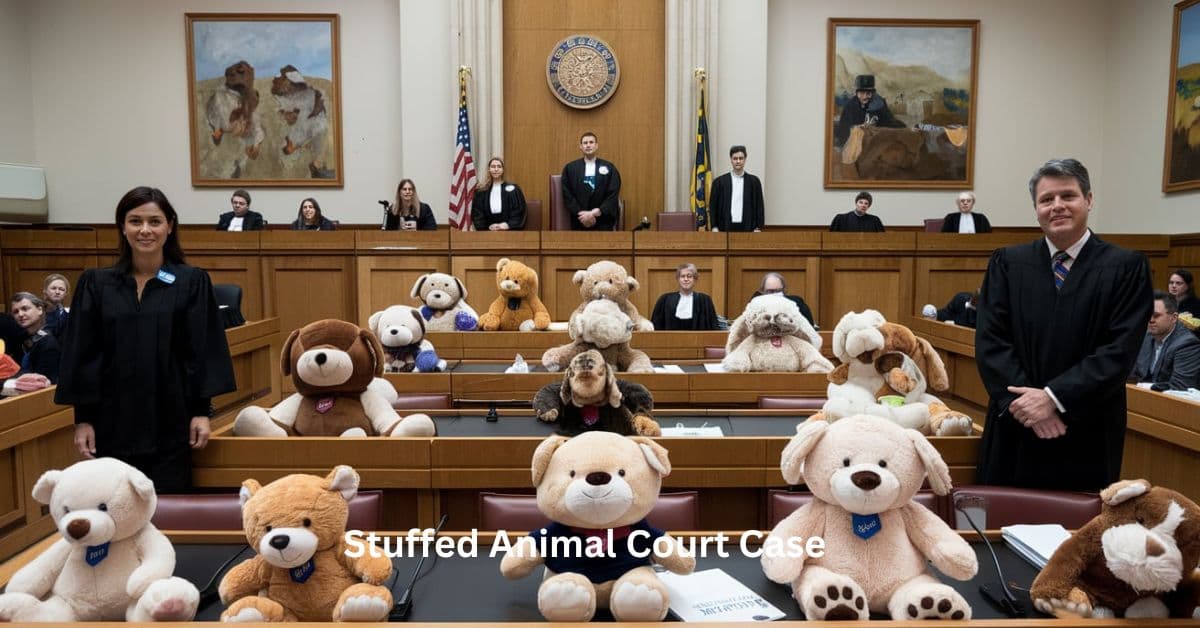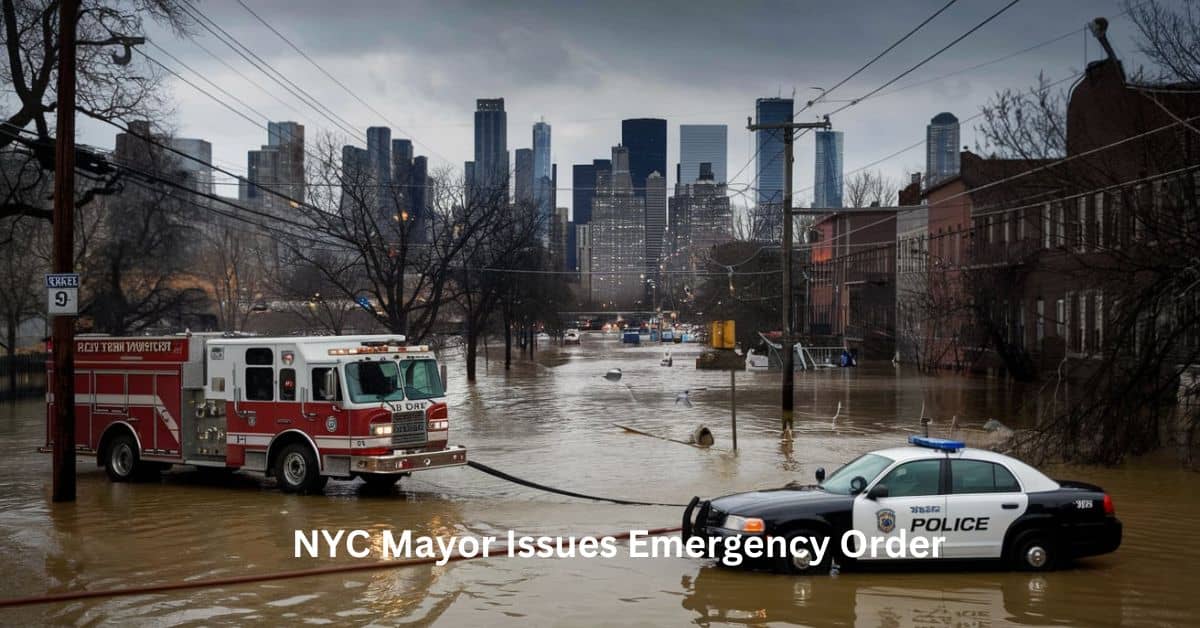Church of the Highlands Exposed: A Deep Dive into Allegations and ControversyUncovering the Truth Behind the Popular Church
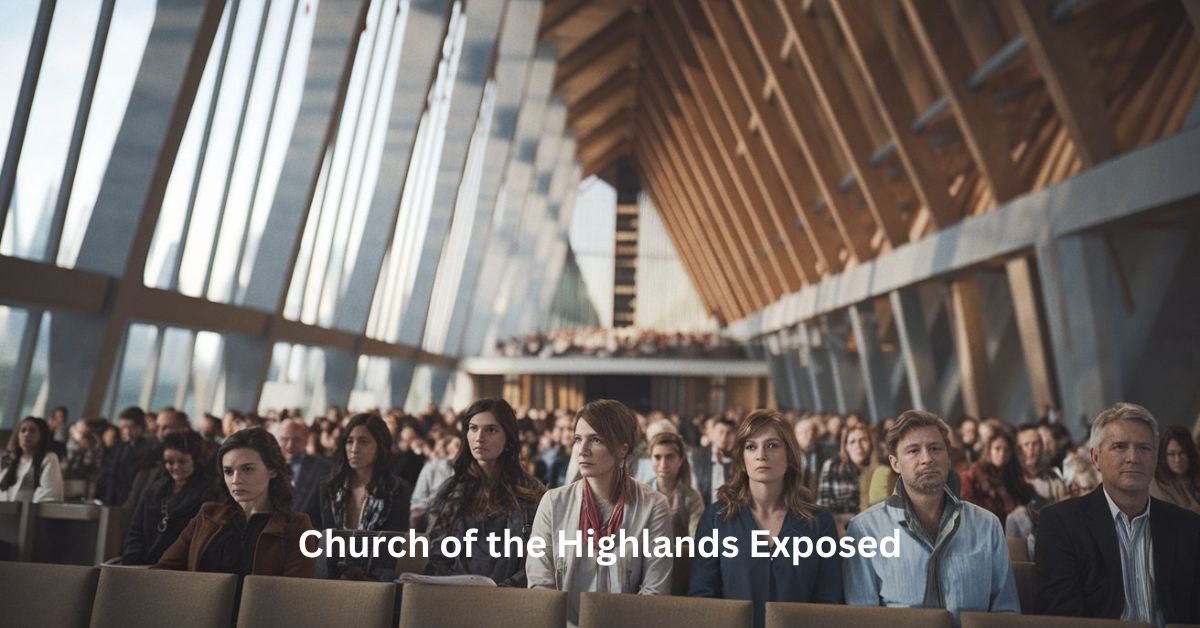
The Church of the Highlands, based in Alabama, has grown rapidly since its founding in 2001. Known for its modern approach to Christianity, the church has attracted thousands of members across multiple campuses. However, in recent years, there has been a growing chorus of voices questioning the church’s leadership, its internal practices, and how it handles power. The phrase “Church of the Highlands exposed” has become a rallying cry for some, raising concerns about the church’s transparency, ethical conduct, and the treatment of its members.
This article aims to provide a comprehensive analysis of the Church of the Highlands, exploring the roots of its growth, the controversies it now faces, and offering insights beyond what is currently available online.
What is the Church of the Highlands?
The Church of the Highlands was founded by Pastor Chris Hodges in 2001, starting as a small group of believers who wanted to build a different kind of church. Focusing on creating an engaging, modern worship experience, the church quickly expanded across Alabama and beyond, opening numerous campuses and attracting tens of thousands of attendees. The church is known for its contemporary services, which include live music, modern technology, and sermons that appeal to a wide audience.
Over the years, the Church of the Highlands has become one of the largest and fastest-growing churches in the United States, known for its commitment to community service, outreach programs, and a relaxed, welcoming atmosphere.
Why Is the Church of the Highlands Exposed?
The phrase “Church of the Highlands exposed” stems from increasing criticism and allegations against the church’s leadership and internal practices. While the church has done much to help communities, detractors argue that there are darker aspects to its structure and how it handles power.
Several factors have led to the emergence of the “Church of the Highlands exposed” narrative, including:
- Leadership Controversies
The church’s senior pastor, Chris Hodges, has faced accusations ranging from inappropriate social media behavior to alleged mishandling of sensitive church matters. In 2020, Hodges came under fire after liking a series of controversial posts on social media, which critics called racially insensitive. This sparked widespread outrage, leading to questions about the church’s true values and its leadership. - Allegations of Power Abuse
Beyond Hodges, some former members and critics of the church have spoken out, accusing the leadership of using their positions to manipulate and control their congregants. There have been claims of spiritual abuse, where leaders allegedly exploit their influence for personal or financial gain, leaving some members feeling exploited or silenced. - Financial Transparency
The financial operations of the Church of the Highlands have been a subject of debate. While the church has expanded rapidly, critics question where the money is going and whether the church is operating in full transparency. Some have raised concerns that the church’s vast wealth is not being used appropriately, with more focus on expansion than on actual community support. - Church Culture and Exclusivity
Another issue that has emerged is the alleged culture of exclusivity within the church. Some former members claim that the church fosters a “cult-like” atmosphere, where dissent is discouraged, and questioning the leadership is frowned upon. This has led to accusations that the church isolates individuals who don’t conform to its exacting standards, particularly in terms of their social and political views.
Unpacking the Allegations: Is the Church of the Highlands Truly Exposed?
To fully understand why the “Church of the Highlands exposed” has gained traction, it’s essential to look at these claims more closely. Is there merit to these allegations, or are they the result of disgruntled former members?
1. Leadership and Accountability
Chris Hodges, as the face of the church, has found himself in hot water on more than one occasion. His involvement in social media controversies, particularly regarding posts perceived as racially insensitive, led to public apologies. But for many, his apologies seemed insufficient. Critics argue that liking inflammatory posts highlights deeper issues within the church’s leadership—issues that go beyond a mere “mistake.”
While the church has publicly addressed the concerns, many have called for deeper scrutiny into the leadership’s actions, suggesting a lack of true accountability. The question remains: how much does the church hold its leaders accountable, and is there enough transparency to ensure these controversies are handled justly?
2. Financial Practices
With its massive congregation and numerous campuses, the Church of the Highlands is a financial powerhouse. The church consistently raises large sums of money through tithes, donations, and other charitable endeavors. However, some detractors argue that the financial dealings of the church are murky at best.
There have been calls for greater transparency in how the church allocates its funds. Critics claim that while the church spends money on community projects and outreach, an outsized amount seems to go toward expansion efforts—building more campuses and increasing the church’s reach—rather than reinvesting in the communities it serves.
These accusations have given rise to further questions about whether the church is more concerned with growth than with stewardship and community care.
3. Allegations of Spiritual Abuse
One of the more concerning aspects of the “Church of the Highlands exposed” discussion is the claim of spiritual abuse within the church. Allegations of power abuse are particularly troubling, as they suggest a culture in which leadership controls and manipulates its members under the guise of religious authority.
Former members have come forward with stories of being pressured into making significant life decisions, including financial contributions, based on the counsel of church leaders. These stories often paint a picture of a church where loyalty is valued above critical thinking, and members are encouraged to obey without question.
The alleged spiritual abuse has contributed to an image of a church where leadership exerts an unhealthy influence over its congregation. For many, this calls into question the church’s mission and values.
4. The Issue of Racism and Social Justice
One of the central moments that ignited controversy around the Church of the Highlands was when Chris Hodges was found to have liked racially controversial posts on social media. In today’s cultural climate, issues surrounding race and social justice are of paramount importance, especially in religious institutions. For many, Hodges’ actions were seen as a sign that the church was out of touch with these crucial issues.
While the church has made efforts to apologize and address these concerns, critics argue that these actions were not enough. The damage done by Hodges’ social media activity has left a lasting impression on many people, particularly in Black and minority communities.
Are the Accusations Fair?
In the broader context, it’s essential to consider whether all these accusations against the Church of the Highlands are justified. Like any large institution, especially one with a massive following, the church is bound to face criticism. The real question is whether these criticisms represent isolated incidents or more profound systemic problems.
Some defenders of the church argue that many of the allegations are exaggerated or come from individuals with an axe to grind. They point to the church’s numerous charitable efforts and outreach programs as evidence that the church is dedicated to helping the community and living up to its Christian ideals.
Moving Forward: What Can the Church of the Highlands Do?
For the Church of the Highlands to move beyond this period of exposure and controversy, there are several steps the church can take:
- Increased Transparency
The church should address concerns regarding financial transparency. By openly sharing where the church’s funds are going, it can help alleviate suspicions and build trust within its community. - Better Leadership Accountability
Chris Hodges and other leaders must ensure that they are not only accountable to their congregants but also set a higher standard for behavior, both online and offline. A more thorough process for handling leadership mistakes would help restore faith in the institution. - Listening to Marginalized Voices
Many of the controversies surrounding the church stem from concerns about how it handles race and social justice issues. By actively listening to marginalized voices and implementing meaningful changes, the church can demonstrate its commitment to inclusivity. - Preventing Spiritual Abuse
The church must address allegations of spiritual abuse by providing more resources for members to express concerns and ensuring that no one in leadership can exploit their position for personal gain.
FAQs About the Church of the Highlands Exposed
1. What exactly does “Church of the Highlands exposed” mean?
“Church of the Highlands exposed” refers to the criticism and allegations against the church, especially concerning its leadership, financial transparency, and internal practices. These issues have sparked conversations about whether the church is upholding its values.
2. Is Chris Hodges still the senior pastor of the Church of the Highlands?
Yes, Chris Hodges remains the senior pastor of the Church of the Highlands, despite facing controversies in recent years.
3. What are the main criticisms against the Church of the Highlands?
The primary criticisms include alleged leadership misconduct, lack of financial transparency, spiritual abuse, and perceived insensitivity to social justice issues, particularly related to race.
4. Has the Church of the Highlands responded to these allegations?
The church has responded to some of the allegations, particularly after the social media controversy involving Chris Hodges, issuing public apologies and addressing the concerns of its members. However, critics argue that more needs to be done.
5. What can the Church of the Highlands do to improve its public image?
The church could work on increasing transparency, holding leadership more accountable, and addressing social justice concerns more effectively.
Final Thoughts: Navigating the Controversy
The Church of the Highlands continues to be a beacon for many, offering a vibrant community and spiritual guidance. However, the “Church of the Highlands exposed” narrative highlights significant areas of concern that the church must address if it wants to maintain its standing.
As the church moves forward, it will need to reconcile its rapid growth and popularity with the need for greater transparency, accountability, and inclusivity. Only time will tell whether the Church of the Highlands will learn from these challenges and emerge stronger, or if these allegations will leave a lasting stain on its reputation.


